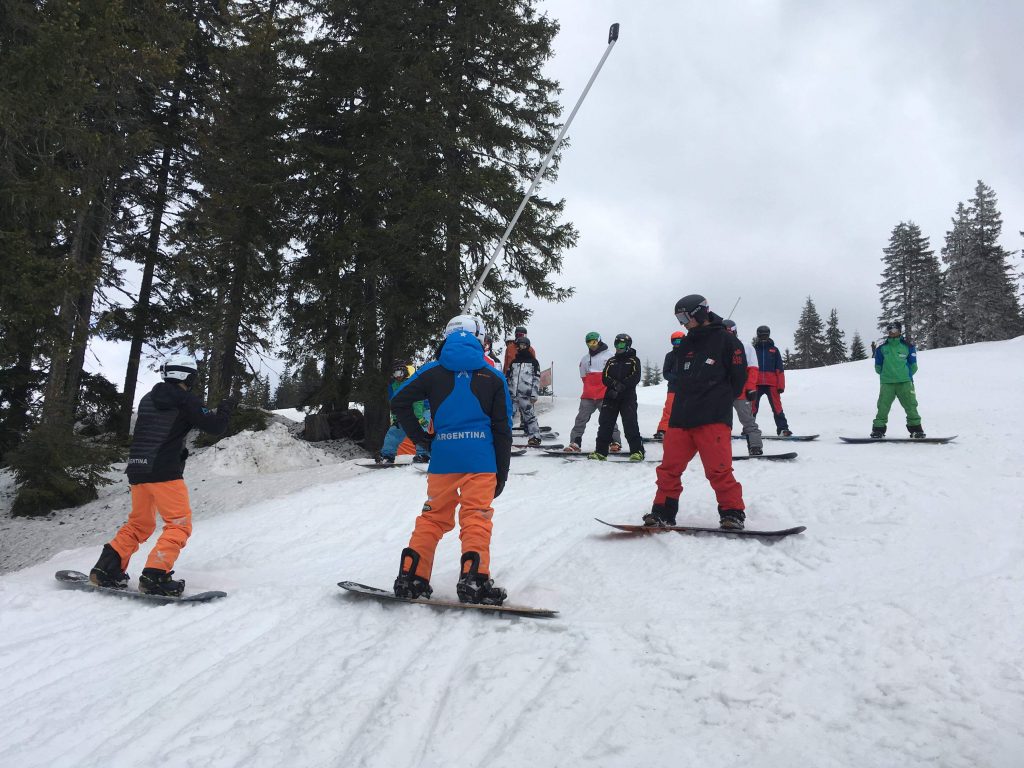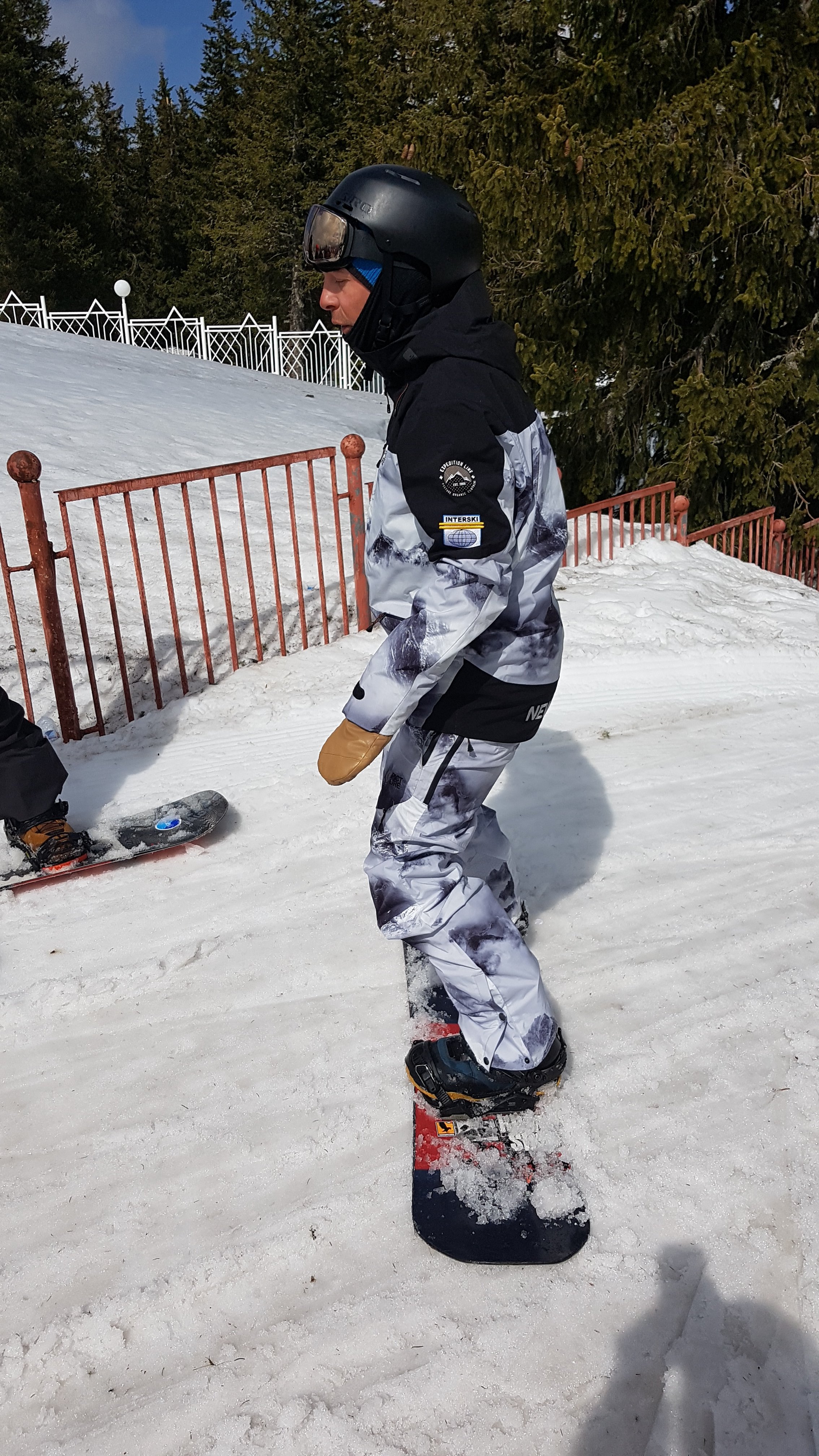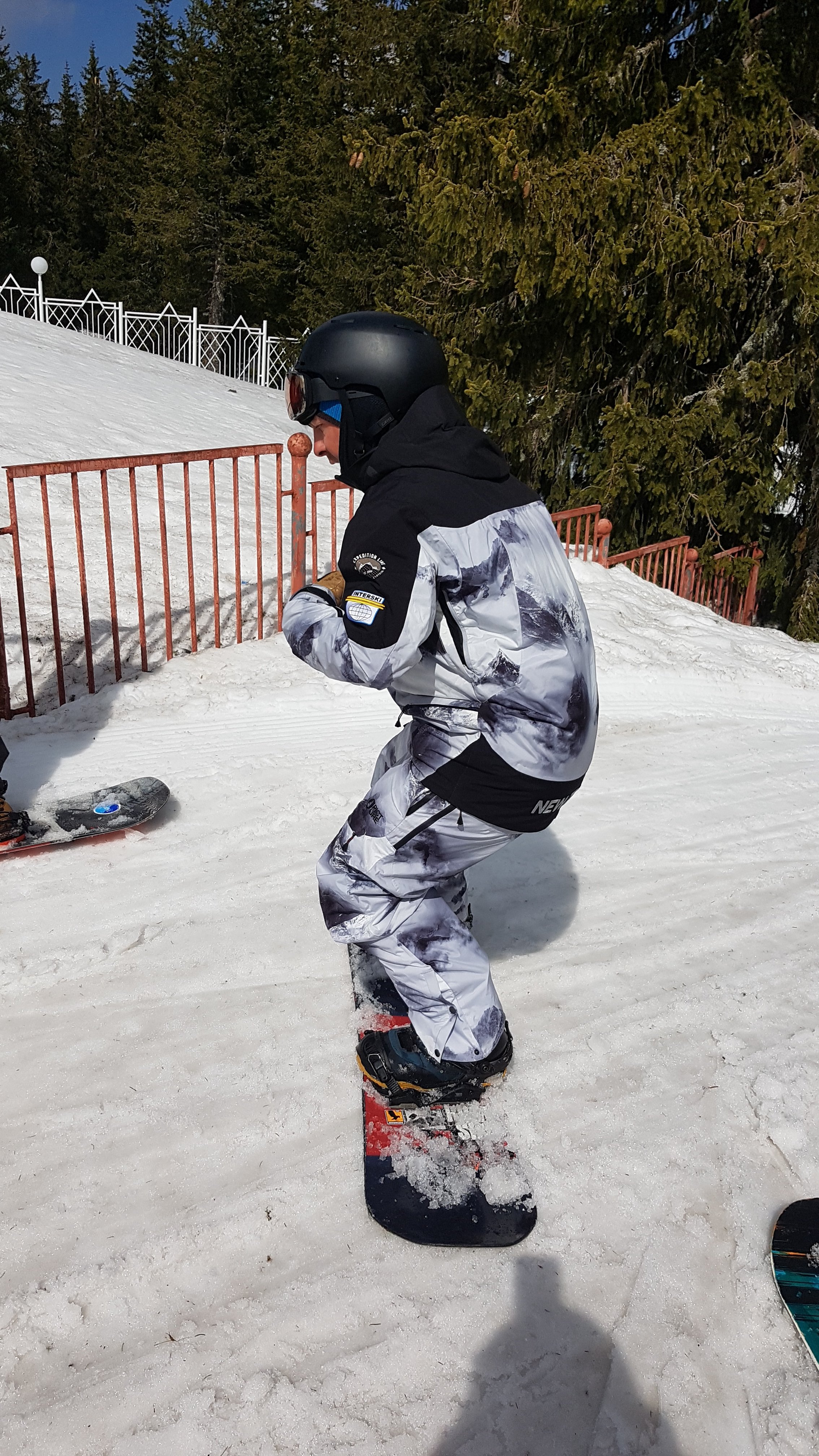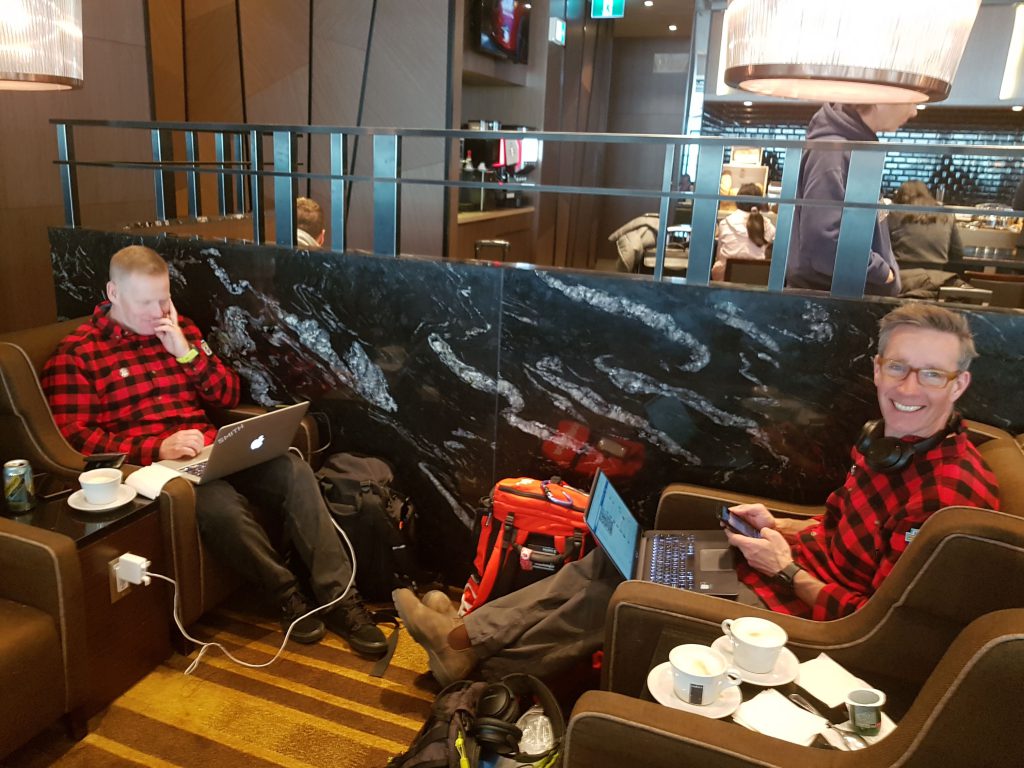The concept for this session was about not only understanding tension in our bodies when riding but also trying to understand where unconscious tension comes from and how we can create more awareness of it in order to decrease it and allow more flow to our riding.
We started off with a simple head to toe warm up off of our boards as it was the first run of the day for most of us.Once we strapped into our bindings we did a lot of pendulum actions using counter rotation to get our direction changes in order to loosen and get our core muscles activated.Breathing was the next step(anyone who has raced a banked slalom knows that we sometimes forget to do this) so we concentrated on breathing in as we extended and then out when flexing, as we breathed out we were trying to feel our feet extend and our toes spread a little and really feel our feet along the sole as we got to the neutral position. The point to all this is that when the instructor knows how to relax they can then teach this feeling to t0heir students.
We moved on to understanding our range of movement, taking flexion and extension to as far as we could so then work within that range to move as efficiently as possible.The tactic they used was to isolate our hips for rotation in order to be more conscious of not only where and how much we are moving but also the effects this range of motion has on the board and our turn shape.
To highlight how relaxed we can be when we ride we were asked to drop our arms down to our sides and let them just hang, the premise being that if we always have them out like an airplane that creates tension in the shoulders( I encourage you to try this one and see what happens ).The idea is that by being loose we then have to opportunity to tense and contract our muscles should we need to.
The take home messages seemed to be that when talking about the teaching aspect, one thing that came up for both instructors on courses and for students when being taught was that conciousness + concentration sometimes give us tension without us thinking about it.It’s something we should all try and be aware of and try to negate to the best of our ability and that by being aware of our full range of motion gives us another tool to economize movement creating efficiency towards our intended outcome.






